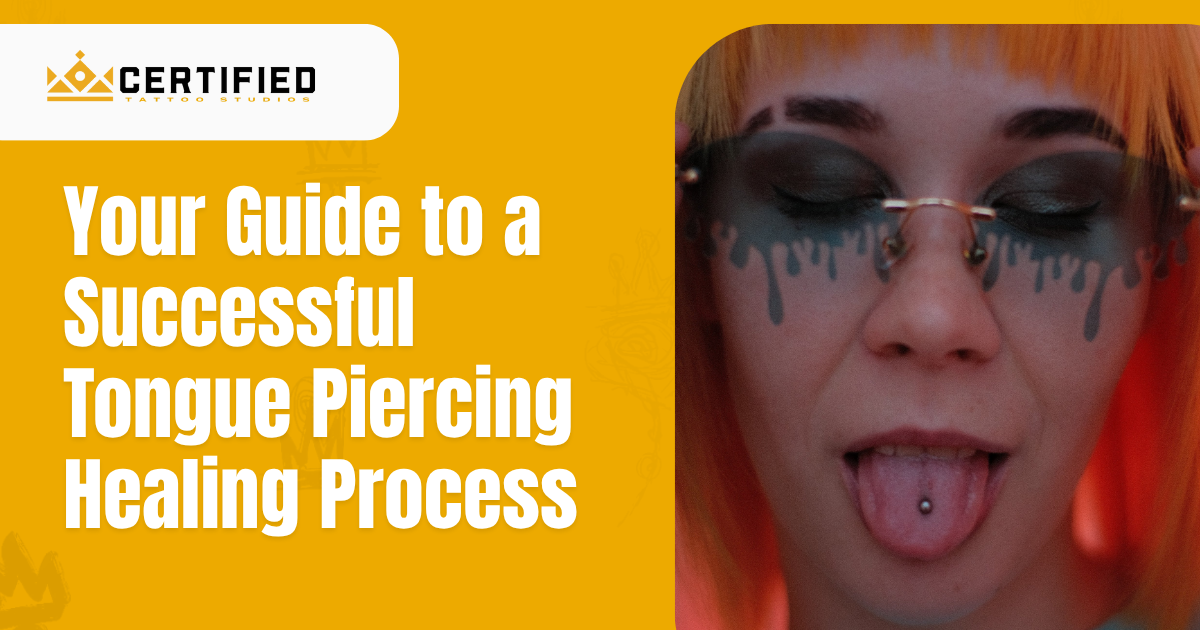Your Guide to a Successful Tongue Piercing Healing Process
A tongue piercing can be a great way to express your personality, but it's important to know what to expect during the healing process before you take the plunge. Here's a quick guide to each stage of tongue piercing healing, from the initial piercing to full recovery.
What are the tips for a successful tongue piercing healing process?
It takes 4 to 14 weeks for a tongue piercing to heal. Initially, for 2 days, there will be soreness, swelling, and increased saliva. To reduce the same use ice and pain relievers. For the next 3-5 days, there’s a risk can you can face infection. So, it is advised to clean it twice. Later on, you may feel itchiness. After that, you will start to feel normal. If the piercing is not done by a professional, the chances of infection and the healing time may increase.
Day 1-2: swollen and sore tongue, increased saliva production
The first two days after your tongue piercing are often the most uncomfortable. Your tongue will be swollen and sore, and you'll probably produce more saliva than usual. To help with the swelling, try sucking on ice chips or popsicles; for the soreness, pain relievers like ibuprofen can help. It's also important to drink plenty of fluids to avoid dehydration.
Days 3-5: reduced swelling, increased risk of infection
By days three to five, the swelling should start to go down—but that doesn't mean the healing process is finished. During this time, it's especially important to avoid foods that are hard or crunchy, as well as hot drinks that could irritate your still-healing piercing.
You should also continue to clean your piercing twice a day with saline solution or soap and water, being careful not to touch it more than necessary. The decreased swelling also means there's an increased risk of infection during this phase of healing, so it's important to be vigilant about taking care of your piercing.
Days 6-10: peeling and itchiness as the area heals
Around days six to ten, you may notice that the area around your tongue piercing starts to peel and itch as it heals. This is normal! Just make sure you don't pick at the scabs or peel them off prematurely, as this could prolong the healing process.
Days 11-14: back to normal!
If you've taken good care of your piercing and followed all the aftercare instructions given in the piercing shops Denver, by day eleven or twelve your tongue piercing should be healed enough that you can go back to eating and drinking normally. Of course, everyone heals at a different pace, so if you're still experiencing discomfort after two weeks it's always best to consult with your piercer or doctor.
Wrap Up!
A new tongue piercing can look great and add extra personality—but only if it's done right! Use this guide to ensure you know what steps to take (and which ones to avoid) during each stage of healing, from the initial piercing through full recovery.
With proper care, you'll have a beautiful new tongue piercing in no time—and no one will even know how much effort it took!
Healing a tongue piercing?
Contact us for expert
aftercare tips!


